Forget all the things you know about museums. Museum of Old and New Art (MONA) is unlike any other museum you have been before, it breaks all written and verbal narratives, expectations and boundaries. Located on the Tasmania island of southeast Australia, Mona is an ‘’anti-museum’’, a place for discovery and wonder. With its 6.000 square-meter exhibition space, labyrinths, hidden caves, archaeological objects, antiquities, massive installations, jazz concerts, Void Bar and more, this museum makes unthinkable and unimaginable possible.

Mona is the largest private art museum of Australia. It was founded by art collector and gambling millionaire David Walsh in 2011. Its major goal is to help us realize how narrow and partial our ways of seeing the world (and art) is and make us discover the limits of our own vision. Taking this as principle, Mona makes people say ‘’I know one thing that I know nothing.’’
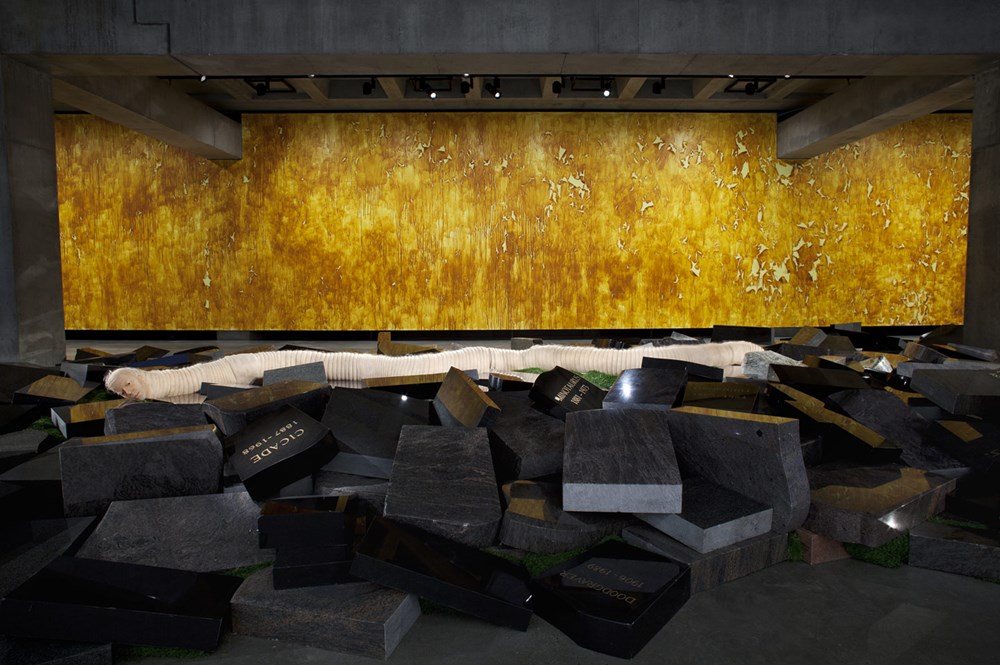
You reach Mona through approx. 25-30 minutes ferryboat or express bus drive, followed by 99 steps to the entrance. Compared to many other centrally-located metropole museums, Mona is not easily accessible. But still, since it was opened to the public in 2011, it hosted a million visitors. Over the past seven years, the Museum not only made a big contribution to the popularity and importance of Tasmania but also has become one of the major art attractions of the region.

The museum building that was designed by Felder Katsalidis Architects is one of the most iconic buildings in Australia. It has an industrial and solid outlook, and rises above a 240 million year-old foundation. The building is designed in such way to integrate the space into the exhibit of artworks. Here, the art is not independent from its space. Perhaps, this is the reason why Mona represents the perfect example of art-space harmony.
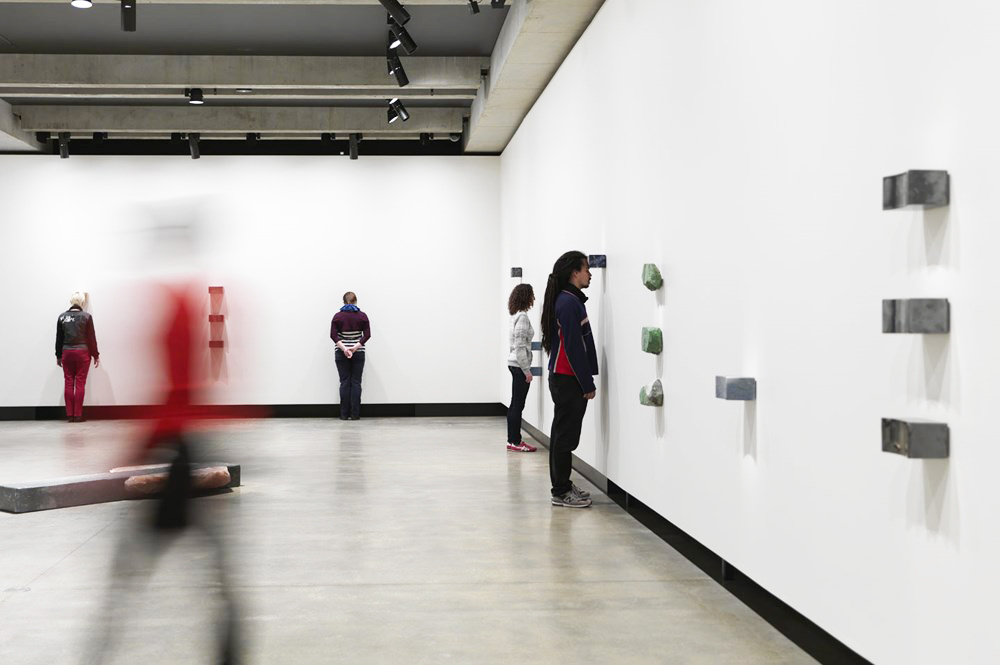
Mona has underground subterranean caves, 17 metres high spiral staircase and many hidden rooms and labyrinths. The building also houses a library, a reading room, 2 artist pavilions, a museum shop, a restaurant/café and Void Bar. Taking all of these elements into consideration, it is no wonder why Mona is often referred as ‘’adult’s Disneyland.’’
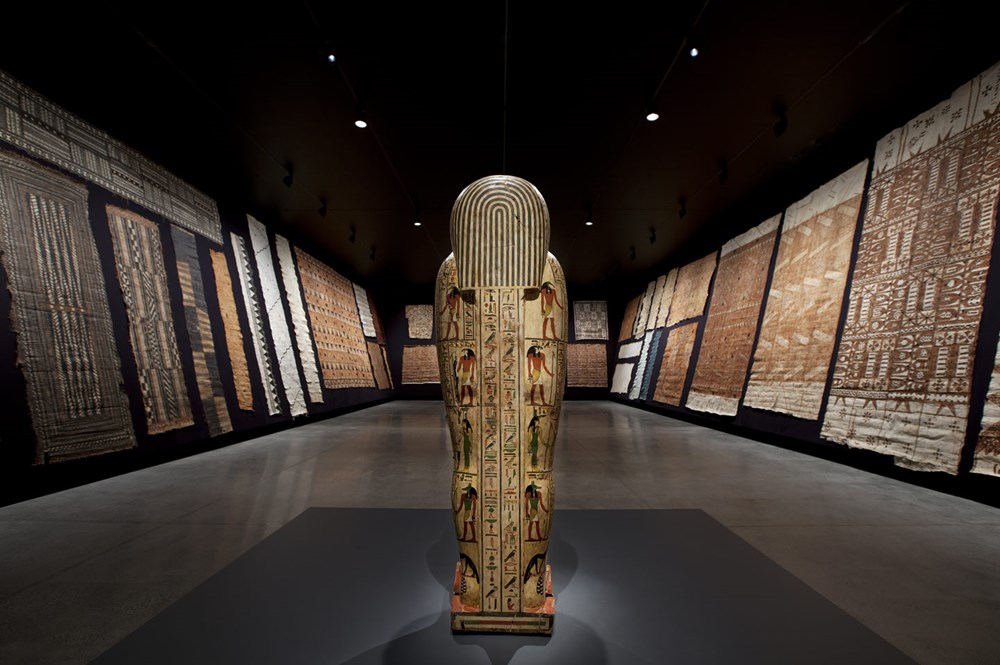
The museum collection is as impressive as the building. It reflects its founder Walsh’s personal taste. The collection is called ‘Monanism’, a name given to it by the museum itself. Monanism refers to a constantly evolving and changing collection. In this respect, Mona’s permanent collection displays change regularly, which means that visitors get a different art experience every time.
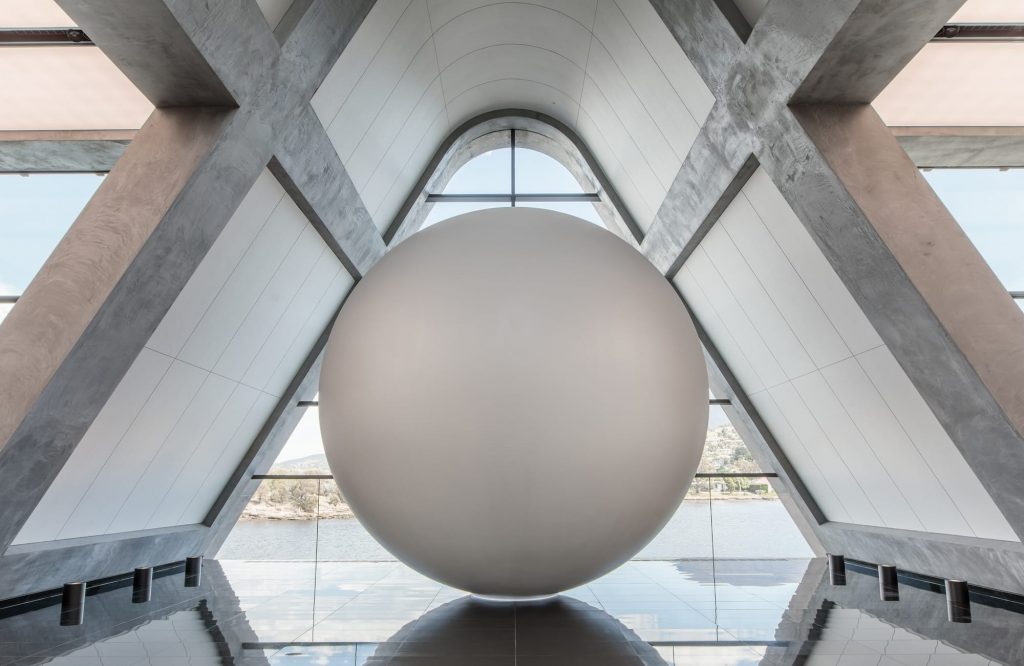
As the name of the museum indicates, the collection is quite comprehensive; it brings together the old and the new art under one roof. That is to say that the works from Antique Egypt and Roman Periods are displayed next to contemporary artists like Marina Abramoviç, Gilbert and George, Julian Pop- regardless of their subject, time or type. The collection constantly grows and changes- even while you are reading these words. Currently, there are 1.900 artworks in the collection.

Another feature that makes Mona unique in its own is the alternative exhibition experience that it offers. Adopting the idea that ‘’art is made and consumed by real, complex people’’ Mona does not present any labels or information texts in its exhibition space. But rather, it gives the visitors a free handheld device that provides them with all necessary information. This enables them to learn what they want at when and where they want. Like we said before, here are no boundaries. You can even let the museum know about your feedback simply by hitting ‘Love’ and ‘Hate’ buttons on your device.
The latest Mona exhibition, ‘’ZERO’’ is held between 9 June 2018-22 April 2019. It focuses on the ZERO movement which emerged in Germany in late 1950s. The exhibition features works of the most important names of the ZERO group for the first time in Australia. Hit names include Heinz Mack, Otto Piene ve Günther Vecker, Yayoi Kusama, Nanda Viga, Yves Klein and Marcel Duchamp.
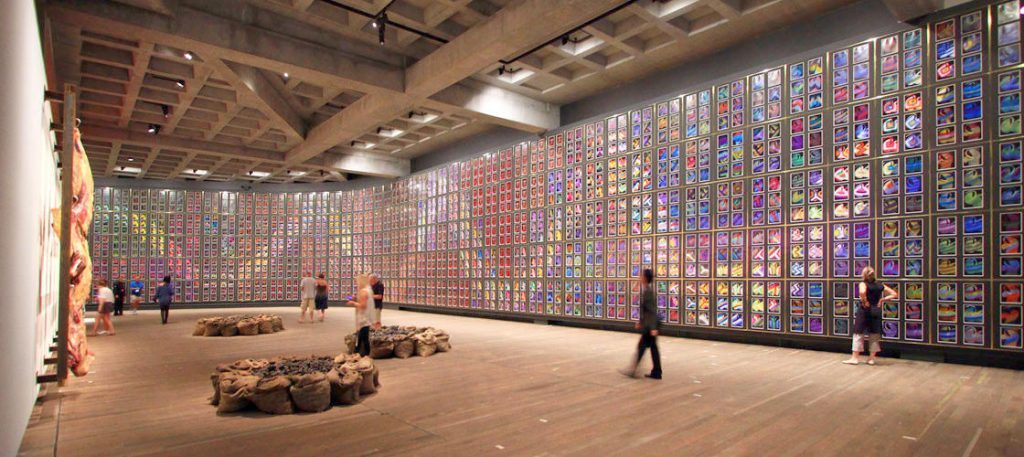
The Museum’s website is as interesting as itself. If you want to hear more about Mona’s story -the story of ‘’what is art’’- from its own words, you can visit www.mona.net.au. Let’s finish this article on the most extraordinary museum with its own words: ‘’…but we must be honest with you: our goal is no more, no less than to ask what art is, and what makes us look and look at it with ceaseless curiosity. We dont have the answer yet. Maybe when we do, that wll be the end of Mona. Bye bye Mona!’’
Simge Erdoğan

